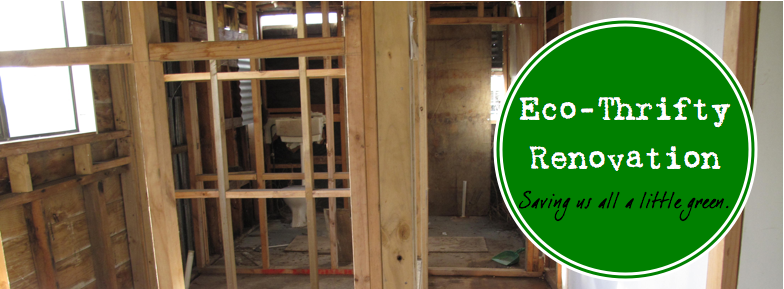
This is the second weekly installment of the new series by Estwing of the ETR Blog that is currently running in their local paper, The Wanganui Chronicle.
Last week I wrote about ‘payback period’ and ‘low hanging fruit.’ To review, payback period is the amount of time it takes to recoup an investment in energy-efficiency with savings on your power bill. Low hanging fruit are simply those investments that have the shortest payback period, ie: the easiest to ‘reach’. While a high performance eco-thrifty home will utilize many cheap and easy strategies for energy savings, the overall design strategy must be holistic, and the application of the design must be thorough. The success of turning our decrepit villa (recalled by a visitor at one of our tours, “The coldest house in New Zealand”) into a warm, dry, low-energy home came through our dual approach of ‘big picture’ design and attention-to-detail. While the details may be of interest to many readers as winter approaches, I feel it is important to provide the context for those details. Without a context the details may just be fodder for Quiz Night. With a context the details become dollars and cents melting away from your power bill.
Regarding last week’s column, many readers may have been asking themselves a number of questions, one of which was probably, “Why did those crazy Americans buy the worst house in Wanganui?” Fair enough. There are a number of answers to that. First, it was the cheapest listed house in Wanganui at the time. (But that was just a happy coincidence.) Second, it is 2 blocks from the beach, and I like to walk to the surf. (An equivalent house in Raglan, where we lived for 2 years before coming here, would have been 500% to 800% more expensive.) Third, it has good solar gain to the north. (We looked at 30 houses in 2 days and only 5 of them had any real potential for free heating from the sun.) Fourth – and this is part of what separated it from the other 4 that had good solar potential – is that the lean-to part of the villa (the north corner and northwestern side) had already been gutted. With a little vision, we could picture how this section could function as a solar furnace for the rest of the villa. What that would take is called passive solar design.
Passive implies something just sitting there, like a parked car. But park that car in a sunny lot and you get passive solar. Design implies whether something is intentional or not. While there are often no alternatives to parking in the sun, there are many alternatives when deciding where to put windows in a building. Putting lots of windows on the sunny side (north for us ‘down under’), few or no windows on the shady side (south), and a couple on the east and west is good passive solar design. It allows free energy to enter directly into the building (like the car parked in the sun), but does not allow much energy to escape through windows that don’t get much direct sunlight. During our renovation, we added glazing (windows and French doors) to the northeast and northwest sides, and removed windows from the southeast and southwest sides.
A window is simply a hole in the side of your home with a piece of glass (two if you’re lucky) in it. Windows can gain heat energy or lose it. Because winter is the time of year that we’re mostly concerned about this, I’ll put it as straightforward as possible. In winter, northerly facing windows are net energy gainers and southerly facing windows are net energy losers. Summer is a different story, and there is such a thing as too much incoming solar heating even in winter – just ask the hippies from the 1970’s who had good intentions but incomplete design ideas. I’ll address these issues next week.








Home › Forums › Retrospective #2: Eco-Thrifty Renovation